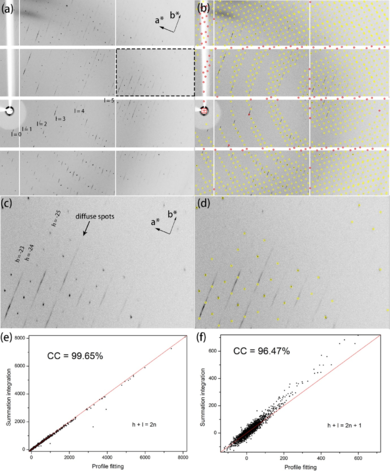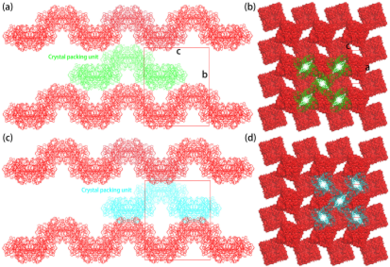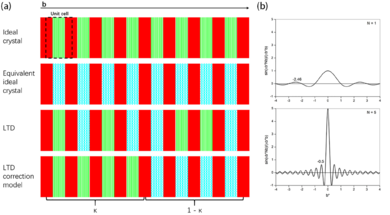Journal:Acta Cryst D:S2059798320011869
From Proteopedia
(Difference between revisions)

| Line 22: | Line 22: | ||
*<scene name='86/860390/Cv/40'>Pentamer of tetramer stacking in the toad NA crystal. Side view of two alternative ways of stacking in the middle layer with a translation of (1/2, 0, 1/2)</scene>. | *<scene name='86/860390/Cv/40'>Pentamer of tetramer stacking in the toad NA crystal. Side view of two alternative ways of stacking in the middle layer with a translation of (1/2, 0, 1/2)</scene>. | ||
| - | *<scene name='86/860390/Cv/41'>Pentamer of tetramer stacking in the toad NA crystal. Top view of two alternative ways of stacking in the middle layer with a translation of (1/2, 0, 1/2)</scene>. | + | *<scene name='86/860390/Cv/41'>Pentamer of tetramer stacking in the toad NA crystal. Top view of two alternative ways of stacking in the middle layer with a translation of (1/2, 0, 1/2)</scene>. The pdb files for these scenes were prepared using the web site [https://wenmr.science.uu.nl/pdbtools/]<ref name="Bonvin">Jiménez-García B, Rodrigues JPGLM, Teixeira JMC, Trellet M and Bonvin AMJJ. "PDB-Tools Web: A user-friendly interface for the manipulation of PDB files", (in preparation).</ref><ref name="2. Rodrigues">PMID:30705752</ref>. |
This randomness breaks the long-term periodic and forms a local short-term periodic. This appears to be the particle-size broadening (Coppens, 1997)<ref name="Coppens">PMID:25727874</ref>. If the long-term periodic is broken, the diffraction intensity would spread along the reciprocal-space direction of the step function. In this special case, it is the b* direction. With the spread of the reflections, the subsidiary maxima of the neighboring reflections may overlap, which will result in the smear spots, the especial chacteracters of LTD. | This randomness breaks the long-term periodic and forms a local short-term periodic. This appears to be the particle-size broadening (Coppens, 1997)<ref name="Coppens">PMID:25727874</ref>. If the long-term periodic is broken, the diffraction intensity would spread along the reciprocal-space direction of the step function. In this special case, it is the b* direction. With the spread of the reflections, the subsidiary maxima of the neighboring reflections may overlap, which will result in the smear spots, the especial chacteracters of LTD. | ||
Revision as of 11:53, 29 September 2020
| |||||||||||
This page complements a publication in scientific journals and is one of the Proteopedia's Interactive 3D Complement pages. For aditional details please see I3DC.



